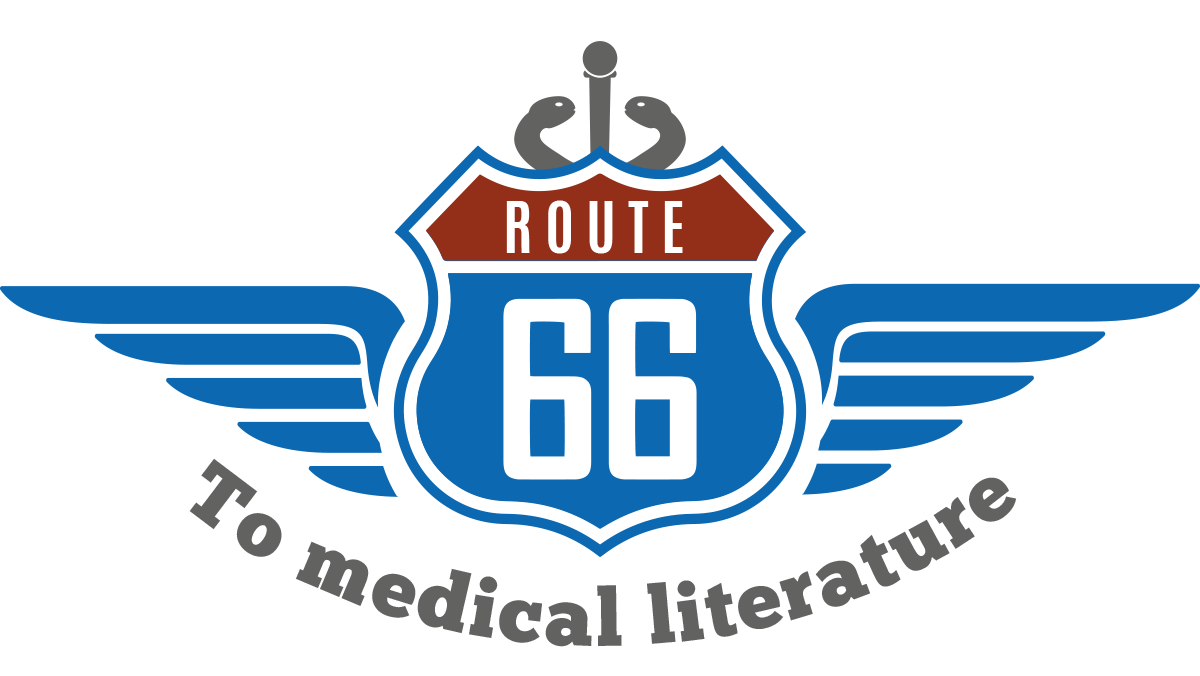Watch the video & take notes on a sheet of paper
When you have finished, click on each item below to see the answer.
Then read the transcript (at the bottom of this page)
Release Date: 7/22/2011
Source: National Center for Chronic Disease Prevention and Health Promotion (NCCDPHP)
- Cost per year: ≈ $150 billion, i.e. ≈ 10% of national medical budget
- Prevalence in the US: ≈ 1 in 3 adults & 1 in 6 children
- Consequences on health: major cause of death← heart disease, cancer & diabetes
- People consuming more calories than their bodies can burn
- Complicated changes in the environment: food more readily available & opportunities for physical activity are lacking
- Societal, economic, cultural conditions → rise in obesity
- Americans are eating more processed foods
- They are eating out a lot more frequently
- Foods in restaurants, snack shops & vending machines are higher in sugar, calories & fat than at home
- We are consuming larger portion sizes and more calories than ever before - People in poor & rural communities may have less access to quality grocery stores with healthy & affordable options
- → easier & cheaper to purchase less healthy foods & beverages
- The way communities are built
• Families must drive to work & to school ← too far to walk
• →Difficult or unsafe to be physically active
• Safe routes for walking or biking to school or play do not exist
• Getting to parks & recreation centres may be difficult
• Public transportation may not be available
• Too few students get daily quality physical education in schools
- Technology
• A lot of time spent in front of screens for work & for entertainment
- Eat more fruits & vegetables and fewer foods higher in fat & sugar
- Drink more water instead of sugared drinks
- Get the recommended amount of physical activity
- Restrict TV viewing for young children to < 2hrs a day
- Never put TVs in children’s bedrooms
- Communities can expand access to fruits & vegetables through farmers-markets programs
- Can advocate for quality nutrition programs & physical education in their school systems
- → School health advisory councils (don’t cost any money, relatively little amount of time, bring together a diverse group of people from community & schools)
- Developing environments that encourage & support active living
- Increase opportunities for physical activity by encouraging mixed-use development to allow for easy access to schools, businesses, parks & grocery stores
- Implement traffic-safety measures & crime-prevention strategies: build bike paths, sidewalks & crosswalks→ safe & easy access to more physical activity
- Provide incentives to existing markets to offer healthier food
- Provide incentives for new businesses to establish supermarkets in low income areas with better quality of the produce
- They can offer work-site health programs with a variety of options for their employees
- They can provide healthier lunch options
- They can make it easier for women to continue breast-feeding their babies when they return to work
There is no simple solution but a mix of healthier individual and collective choices
Remember to adopt a top-down approach.
Transcript
Route 66 to medical literature, Félicie Pastore 2017
